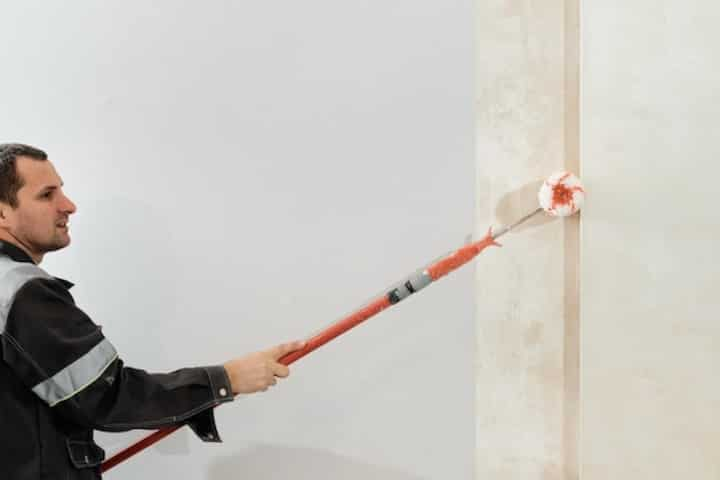
Preventing and Repairing Ceiling Water Damage in Madison
Ceiling water damage is a common issue faced by homeowners in Madison, particularly due to the region's varying weather conditions. From heavy rains to snowmelt, the potential for water intrusion is significant. Recognizing the early signs of water damage and taking proactive measures can safeguard your home and reduce costly repairs. This article explores essential strategies for preventing and repairing ceiling water damage, offering valuable insights for homeowners in Madison.
Identifying Early Signs of Ceiling Water Damage
Detecting water damage in its early stages can prevent more severe issues down the line. Key indicators include:
- Discoloration or dark spots on the ceiling
- Peeling or bubbling paint
- Visible water stains or rings
- Musty odors indicating mold growth
- Sagging ceiling materials
Addressing these signs promptly can minimize damage and prevent further complications. Read more about this topic to understand the implications of ignoring these indicators.
Preventative Measures to Avoid Ceiling Water Damage
Taking preventive action is crucial to mitigating the risk of ceiling water damage. Consider implementing the following strategies:
Regular Roof Maintenance
- Inspect and repair any damaged shingles or tiles.
- Ensure gutters and downspouts are clear and functional to direct water away from the home.
- Seal any cracks or gaps in the roof structure.
Proper Insulation and Ventilation
- Ensure the attic is well-insulated to prevent ice dams during winter.
- Maintain adequate ventilation to reduce moisture buildup.
Inspecting Plumbing Fixtures and Pipes
- Check for leaks in plumbing fixtures and repair them promptly.
- Replace old or corroded pipes to prevent future leaks.
By adhering to these preventative measures, homeowners can significantly reduce the likelihood of ceiling water damage. Explore further insights here for more preventive tips.
Steps for Repairing Ceiling Water Damage
If water damage has occurred, addressing it quickly is vital to prevent structural damage and mold growth. Follow these steps for effective repair:
Assessing the Damage
- Identify the source of the water intrusion and stop it immediately.
- Evaluate the extent of the damage to determine the necessary repairs.
Drying and Cleaning
- Thoroughly dry the affected area using fans or dehumidifiers.
- Clean any mold or mildew with appropriate cleaning solutions.
Repairing and Restoring
- Remove and replace damaged ceiling materials, such as drywall or insulation.
- Repaint or refinish the ceiling to restore its appearance.
For complex repairs, consider consulting with professionals to ensure the job is done correctly. Learn more in this detailed guide on handling severe water damage scenarios.
Importance of Professional Assistance
While minor repairs can be managed independently, extensive water damage often requires professional intervention. Experts can provide comprehensive assessments, advanced drying techniques, and effective mold remediation to restore your home to its original condition. Check out customer reviews here to see how professionals have assisted others in similar situations.
Conclusion
Ceiling water damage in Madison can be a significant concern due to the region's climate. By identifying early signs, implementing preventive measures, and knowing how to repair damage effectively, homeowners can protect their properties from severe water-related issues. Find additional information here to ensure you are well-prepared to handle any water damage challenges that may arise.